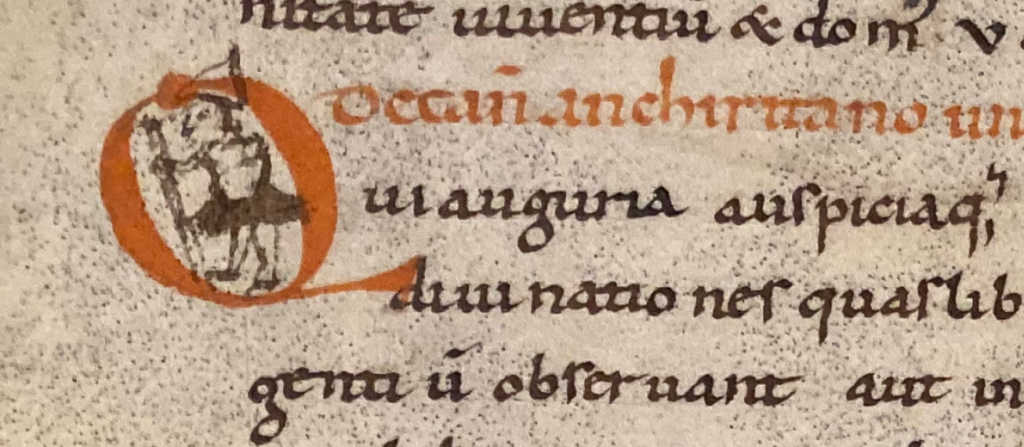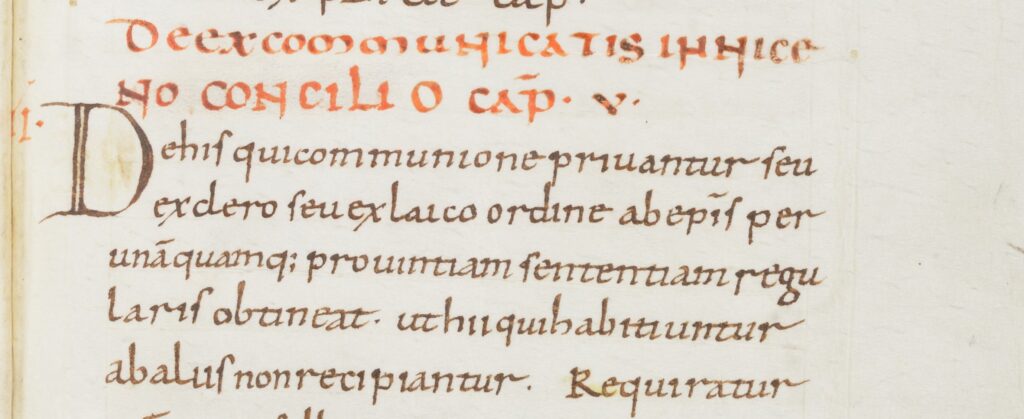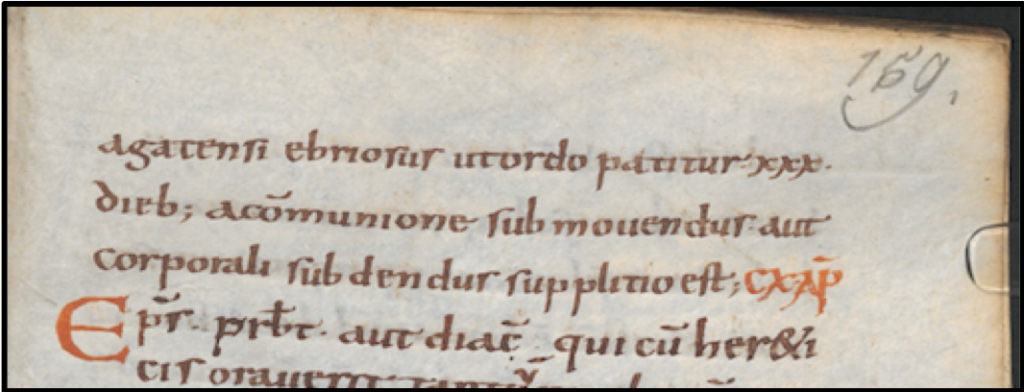It is well known that in early medieval manuscripts with canonical material, other genres of normative works often accompany ‘purely’ canonical texts. In fact, compilers of systematically arranged canonical collections not seldomly drew on royal capitularies when selecting the authoritative material for their collections. This latter phenomenon appears to be at work in the tenth- or eleventh-century manuscript now in the municipal library in Vesoul.1 Here material from the royal capitularies forms part of the canonical collection itself.
Neither the manuscript, nor the presence of excerpts from royal capitularies were unknown to previous scholars. The role of these texts within the carefully assembled material of this eleventh-century manuscript has, however, escaped detailed study.Hubert Mordek described Vesoul, Bibliothèque municipal, MS 79 (73) as a ‘typisch kirchliche Gebrauchshandschrift’,2 a typical utilitarian religious manuscript. Its mundane character is reflected in its humble material aspects. With its 88 folios measuring at most 190 x 130 mm, it is a small, handy codex that is convenient to carry around. Its low-grade parchment is of medium thickness, with numerous uneven page edges due to the use of skin from the animal’s neck, shoulders or hind. Multiple holes can be found throughout the manuscript (one hole has been repaired with stitchings—fol. 30).
Its texts were copied by several scribes, writing in a flowing Caroline minuscule, but making more than a few errors in their Latin. It is a fairly well-organised codex, with red rubrics in minuscule (rarely in capitals) separating the different works, guiding the reader through the selection of texts. This sober manuscript has only two small illustrations, which were perhaps added later: a man in a hat can be spotted in the initial Q on folio 12v (opening a statement on the performance of augury and divination), while another initial Q holds a drawing of a face (folio 23v).



